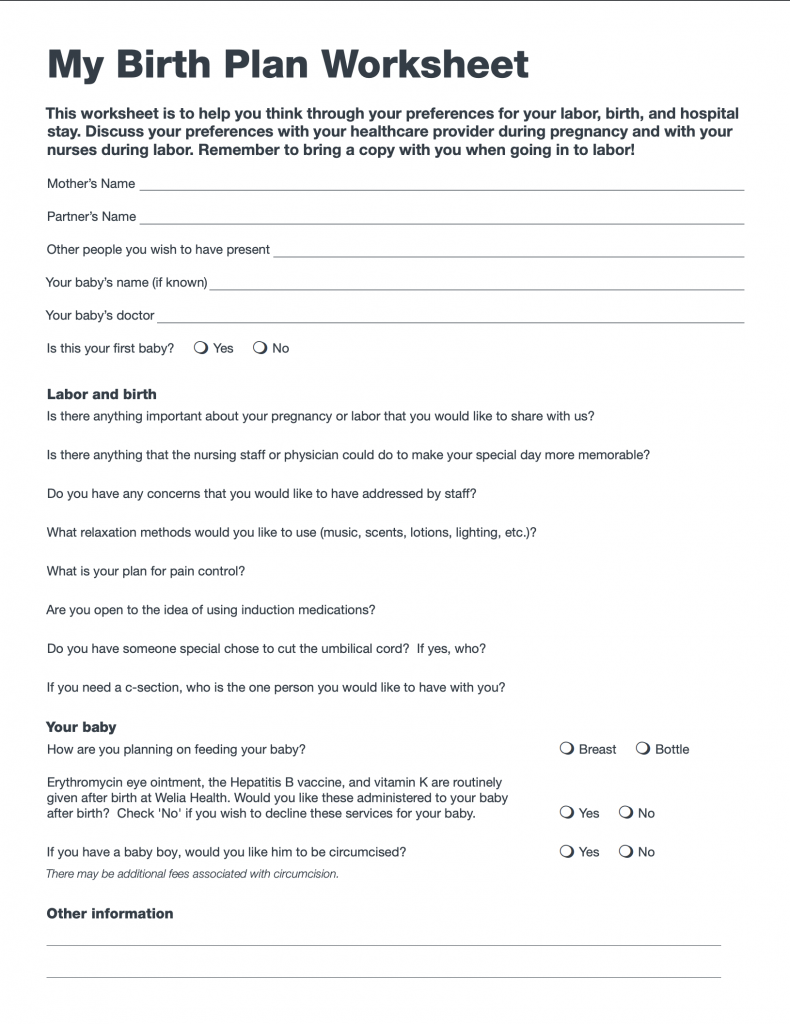Safe sleep
Sudden Infant Death Syndrome, commonly referred to as SIDS, describes the sudden, unexplained death of an infant younger than one year of age.
What should I know about SIDS?
Health care providers don’t know exactly what causes SIDS, but they do know:
- Babies sleep safer on their backs. Babies who sleep on their stomachs are much more likely to die of SIDS than babies who sleep on their backs.
- Sleep surface matters. Babies who sleep on or under soft bedding are more likely to die of SIDS.
- Every sleep time counts. Babies who usually sleep on their backs but then are placed on their stomachs, even for a nap, are at very high risk for SIDS. It is important for everyone who cares for your baby to use the back sleep position for naps and at night.
- Communities across the nation have made great progress in reducing SIDS. Since the Back to Sleep campaign began in 1994, the SIDS rate in the United States has decreased by more than 50 percent.
Some people call SIDS “crib death” because many babies who die of SIDS are found in their cribs. But cribs are not the cause of SIDS.
How can I help reduce the risk of SIDS?
Here are ten ways you and others who care for your baby can reduce the risk of SIDS:
- Always place your baby on his or her back to sleep, for naps and at night. The back sleep position is the safest, and every sleep time counts.
- Place your baby on a firm sleep surface, such as on a safety-approved crib mattress covered by a fitted sheet. The American Academy of Pediatrics suggests using a wearable blanket to keep your baby warm. Welia Health recommends HALO® SleepSacks® to help babies sleep safely from the start. For more information on crib safety guidelines, contact the Consumer Product Safety Commission at 800-638-2772 or www.cpsc.gov.
- Keep soft objects, toys and loose bedding out of your baby’s sleep area. Don’t use pillows, blankets, quilts, sheepskin, or pillow-like crib bumpers in your baby’s sleep area, and keep all items away from your baby’s face.
- Do not allow smoking around your baby. Don’t smoke before or after the birth of your baby, and don’t let others smoke around your baby.
- Keep your baby’s sleep area close to, but separate from, where you and others sleep. Your baby should not sleep in a bed, on the couch or armchair with adults or other children, but he or she can sleep in the same room as you. If you bring your baby into bed with you to breastfeed, put him or her back in a separate sleep area, such as a bassinet, crib, cradle or bedside co-sleeper (infant bed that attaches to an adult bed) when finished.
- Think about using a clean, dry pacifier when placing your infant down to sleep, but don’t force the baby to take it. (If you are breastfeeding your baby, wait until your child is one month old or is used to breastfeeding before using a pacifier.)
- Do not let your baby overheat during sleep. Dress your baby in light sleep clothing, and keep the room at a temperature that is comfortable for an adult.
- Avoid products that claim to reduce the risk of SIDS because most have not been tested for effectiveness or safety.
- Do not use home monitors to reduce the risk of SIDS. If you have questions about using monitors for other conditions, talk to your health care provider.
- Reduce your baby’s chance of developing flat spots on its head. Provide “Tummy Time” when your baby is awake and someone is watching; change the direction that your baby lies in the crib from one week to the next; and avoid too much time in car seats, carriers and bouncers.
What about tummy time?
Place babies on their stomachs when they are awake, and someone is watching. Tummy Time helps your baby’s head, neck and shoulder muscles get stronger and helps to prevent flat spots on the head.
Fast facts about SIDS
- SIDS is the leading cause of death in infants between one month and one year of age.
- Most SIDS deaths happen when babies are between two months and four months of age.
To learn more, visit the Centers for Disease Control and Prevention.
Questions?
Talk with your Welia Health provider or call Welia Health at 800.245.5671 or 320.225.3625.


